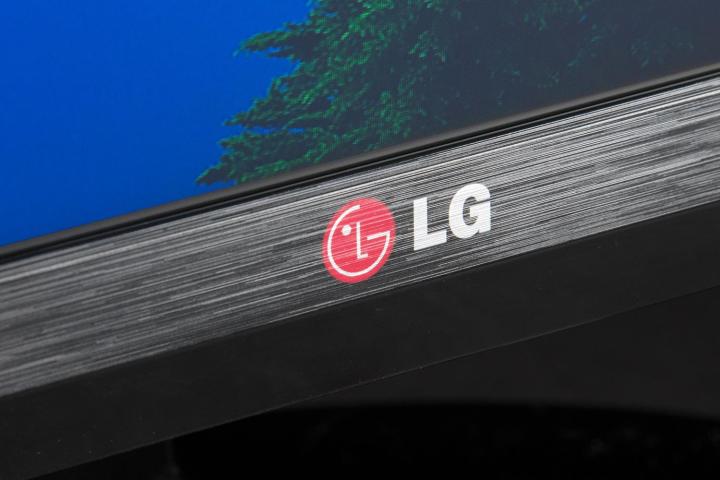
The mobile division’s mounting losses drove down LG’s overall earnings. The electronics maker posted an operating profit of $250.9 billion and revenue of $10.4 billion — a 3.7 percent and 5.7 percent dip, respectively, from the same fiscal period a year prior. Compared to this year’s second quarter, LG’s operating profit dipped 51.6 percent.
The Seoul, South Korea-based electronics maker shipped 13.5 million smartphones in the third quarter, or a little less than the 13.9 million it shipped in the second quarter. LG pointed to lower-than-expected sales of premium devices and “expenses related to business structure improvement activities” as the primary causes.
Most of the blame for the mobile division’s losses went to the underwhelming reception of the G5, LG’s modular smartphone concept. Analysts estimate the company managed to sell a mere 2.2 million units. Samsung, by comparison, shipped 2.5 million Galaxy Note 7 units in a little more than a month.
But also at fault is a smartphone market that’s grown increasingly competitive over the past year. According to market research firm IDC, handset shipments remained flat year-over-year in the second quarter of 2016 — thanks largely to growth in sales of midrange and low-end devices. “Outside of Samsung’s Galaxy S7 flagship, a majority of vendors, including Apple, have found success with more affordable models compared to their flagships,” said IDC.
Earlier this year, LG announced it would “refactor” its flagging mobile division in an attempt to inject “new momentum.” Specifically, its Program Management Office (PMO) was charged with auditing the mobile business’s manufacturing, marketing, product development, and sales practices, and the company’s overseas mobile unit was to assume a “bigger role” in product development. The company said those efforts are ongoing.
The earnings report wasn’t without its bright spots. LG shipments climbed 14 percent from the previous quarter in North America, sales of LG’s home appliances generated an operating profit of $298 million, and LG’s TV business raked in a record $332 billion in profit.
LG is gearing up for a major turnaround. It moved several hundred employees from its mobile division to its vehicle component division, and said it would increasingly focus on boosting sales of its LG V20 on the high end and its midrange K and X line of handsets. The company also pledged to finalize the upcoming “structural improvements” in order to be “better prepared for the challenges ahead.”


